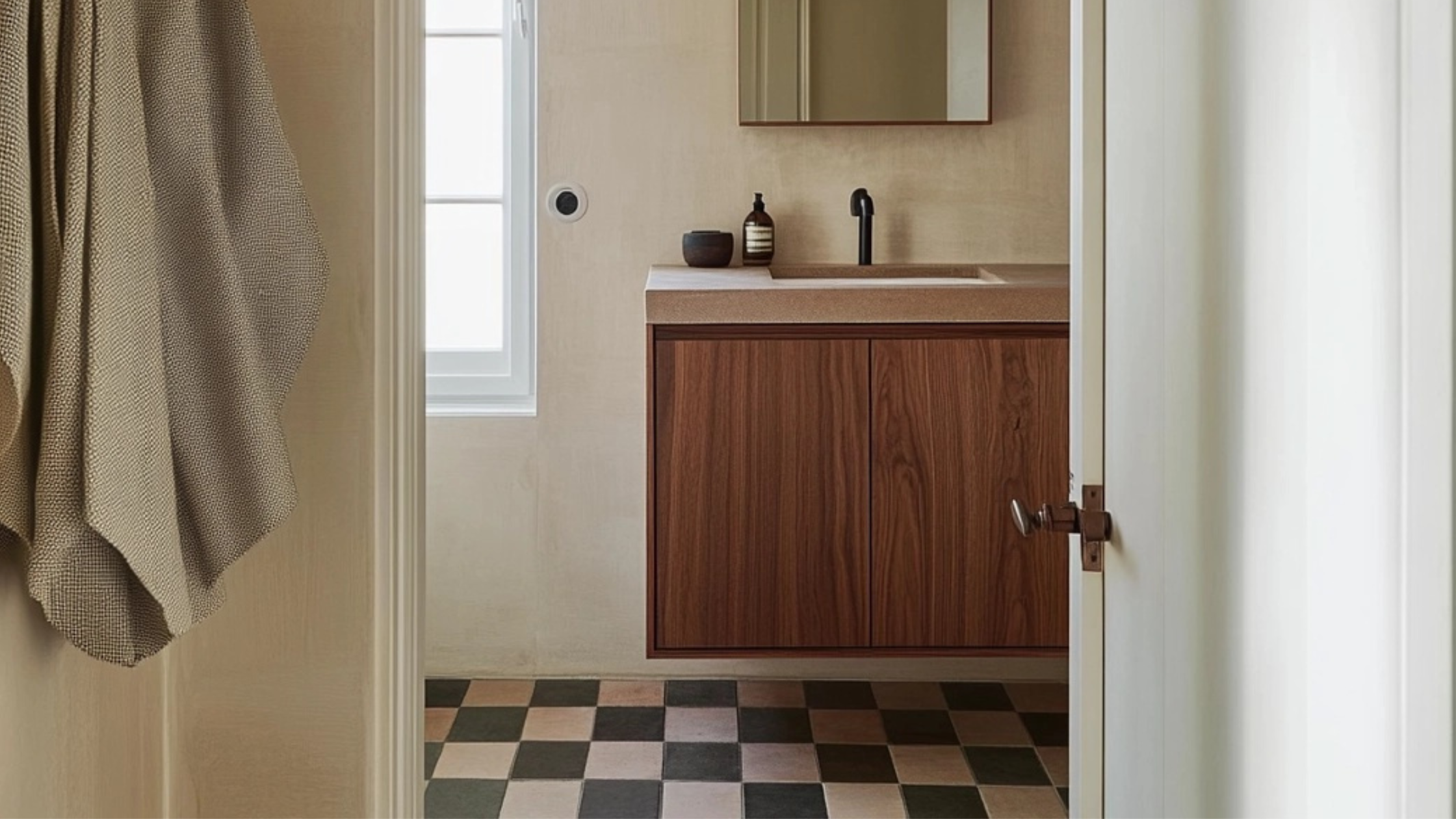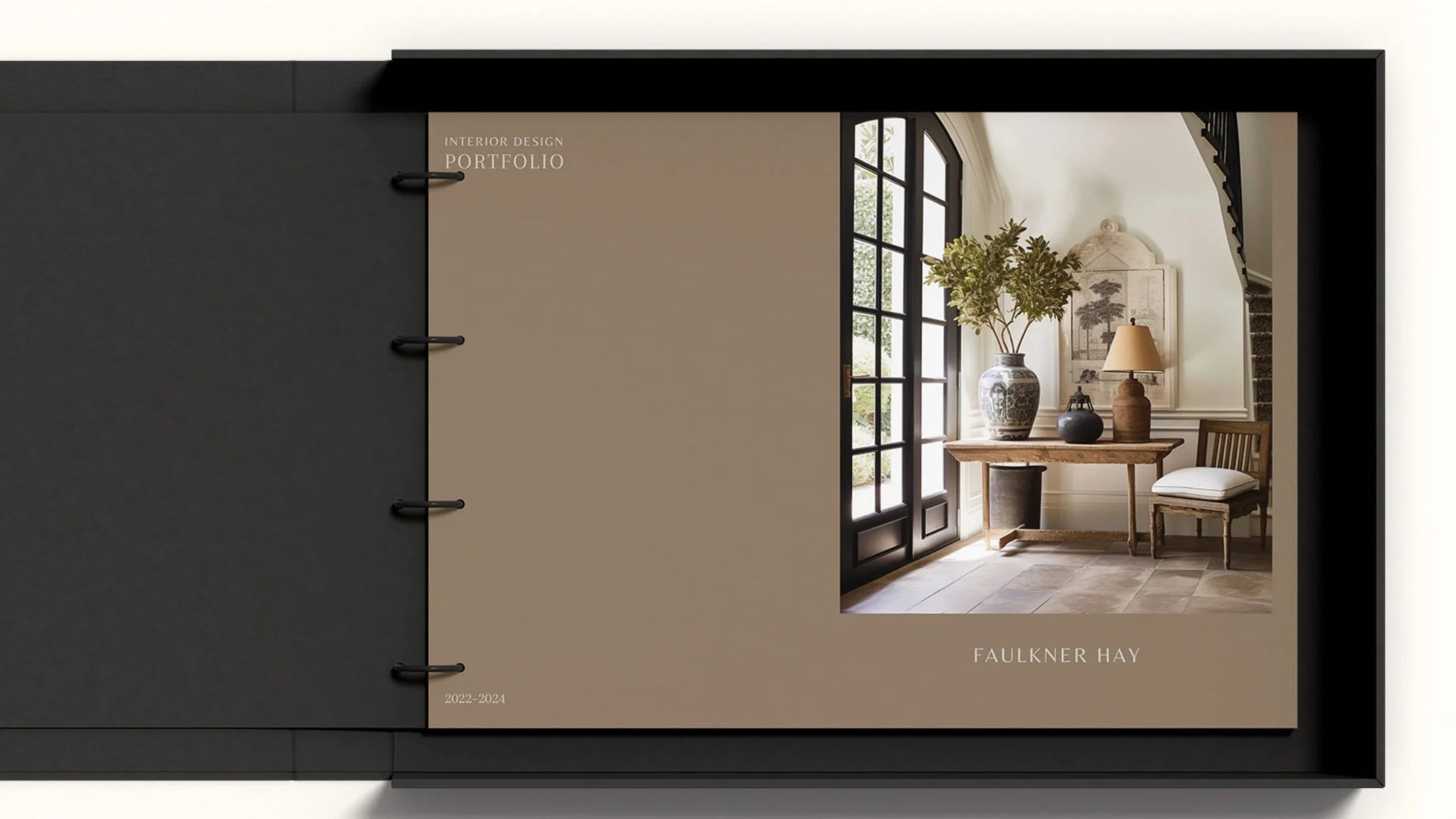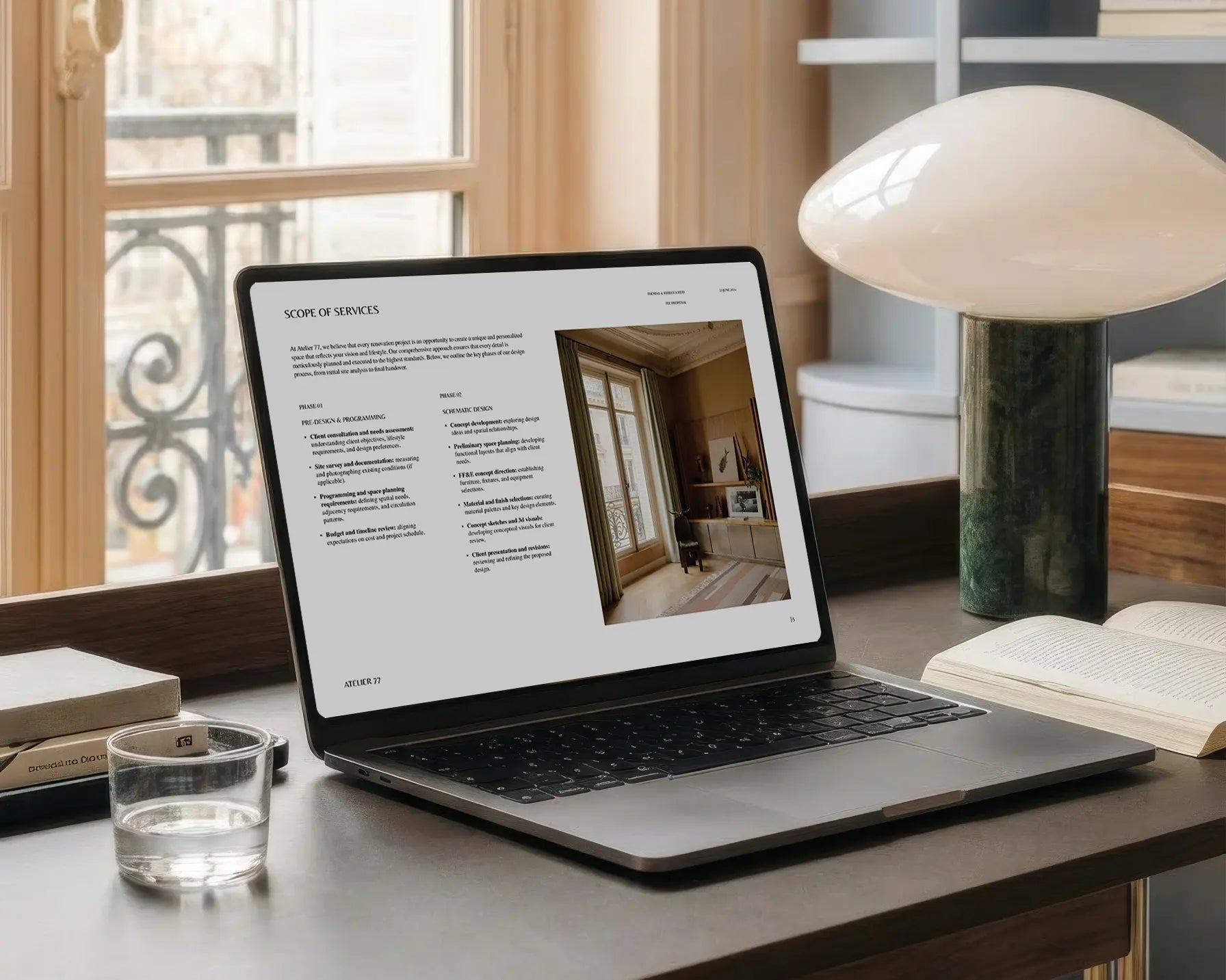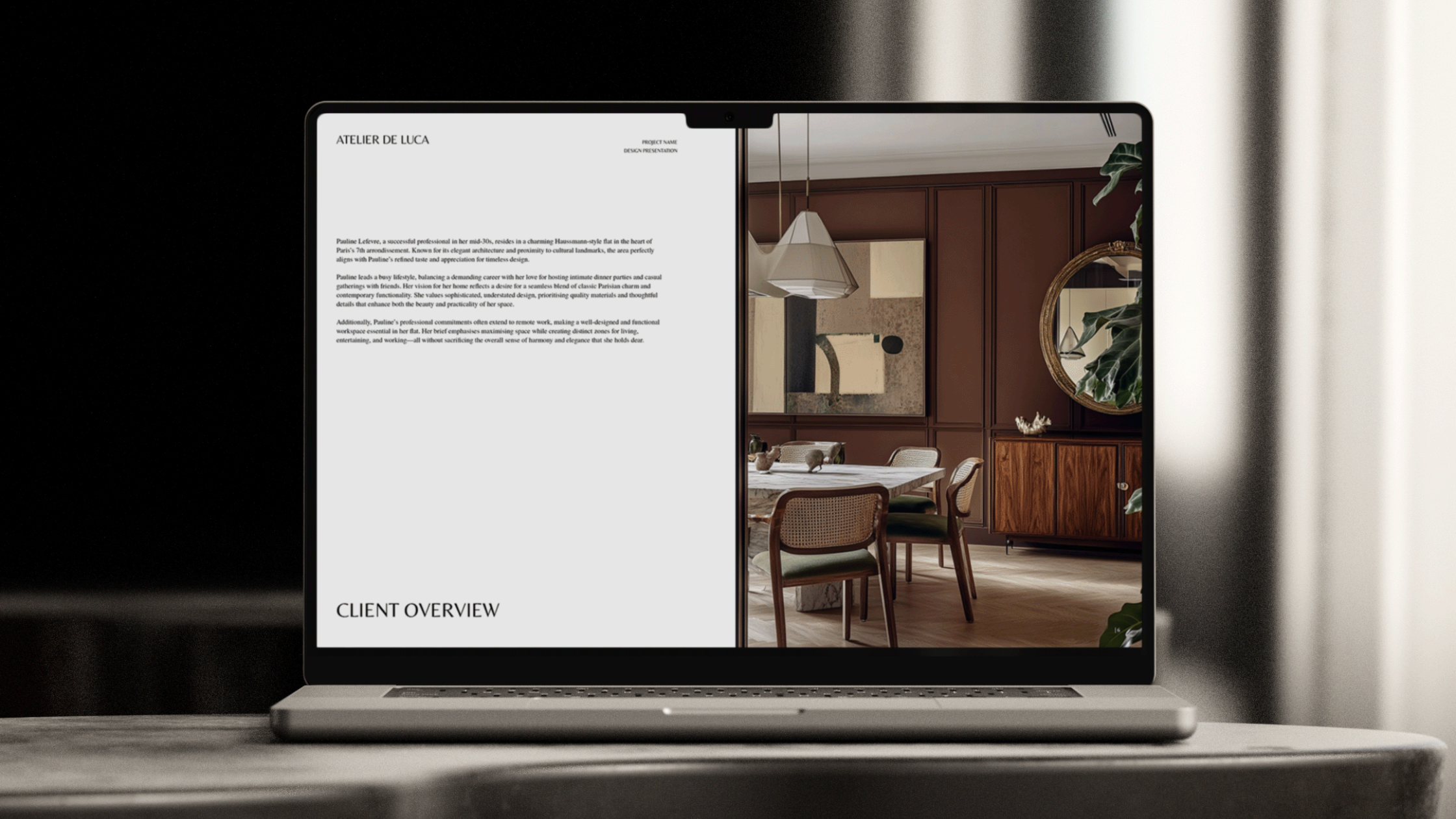The 4 Client Types Every Interior Designer Should Know


The 4 Client Types Every Interior Designer Should Know
In the design industry, we talk a lot about avoiding “red flag” clients—those clients who can make a project feel impossible. And while it’s true that some clients are best avoided, it’s also true that not every challenging client is necessarily a bad one. People are complex, and as designers, we often have an untapped opportunity to bring out the best in them through intentional communication.
This is why I’m excited to share my latest resource: The 4 Client Types Every Interior Designer Should Know. I put together this guide because I believe our industry needs a more balanced conversation around client relationships. Most of the time, we’re stuck in a binary view: clients are either “good” or “bad.” But what if we could recognise patterns, understand motivations, and proactively adjust our approach? What if we could reduce misunderstandings and make our projects smoother and more rewarding by seeing clients for who they are—not just as “easy” or “difficult”?
The guide dives into the 4 client types, a framework borrowed from psychology that is often used to understand buyer behaviour. These types—Analytical, Driver, Amiable, and Expressive—give us a clear way to understand our clients’ preferences and decision-making styles. When we know what makes each type tick, we can communicate in ways that resonate, educate clients more effectively, and even preempt many of the usual project setbacks.
While this guide is aimed at interior designers and architects, this approach is one I’ve been using myself with my own customers. I don’t believe in calling clients “difficult” or labelling them as “red flags.” Instead, I see “difficult” clients as individuals who may be frustrated, in a rush, or simply unsure about the process. Once I recognised this, I realised it was a matter of putting structures in place to prevent friction—such as offering clearer FAQs or better guides. Communicating in this way has made all the difference, and it’s my hope that these insights can do the same for you.
Here’s what you’ll find in this guide:
- A breakdown of each client type and what they need to feel secure in the process
- Tips on how to communicate effectively and reduce potential friction
- Strategies for turning challenging dynamics into collaborative, productive relationships
I genuinely think this can transform the way you approach client relationships—not just by avoiding “red flag” clients, but by building stronger, more trusting partnerships with all clients. These insights offer a new perspective, one that can make each interaction feel smoother and more rewarding.
Ready to dive in? Sign up here to download my free guide.
Let’s start a conversation about clients that goes beyond “good” or “bad”—because when we understand what truly drives people, we’re better designers, better collaborators, and better partners.
©2023-2024 Sonderpath Studio. This content is protected under copyright law. Reproduction or use without permission is prohibited.



